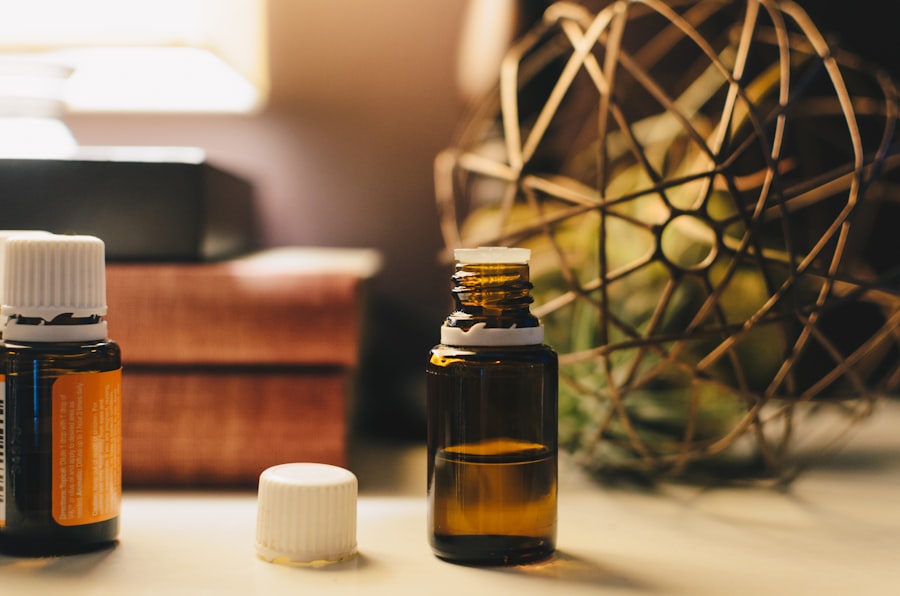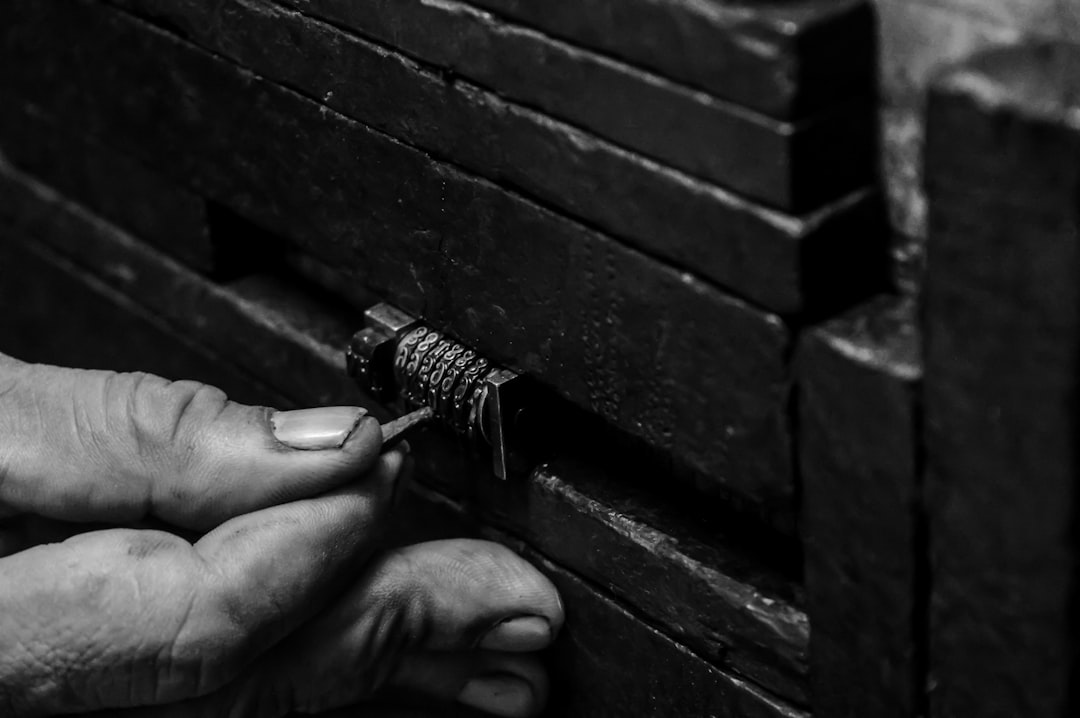Oily skin is characterized by an overproduction of sebum, the natural oil produced by sebaceous glands. This excess oil can lead to a shiny complexion and is often accompanied by enlarged pores. The skin’s oiliness can be influenced by various factors, including genetics, hormonal fluctuations, and environmental conditions.
For many individuals, particularly teenagers and young adults, hormonal changes during puberty can trigger an increase in oil production, leading to a higher likelihood of developing acne. Acne itself manifests in various forms, including blackheads, whiteheads, cysts, and pustules, all of which can be exacerbated by the presence of excess oil. Understanding the underlying causes of oily skin is crucial for effective management.
Hormones play a significant role; for instance, androgens, which are male hormones present in both men and women, can stimulate sebaceous glands to produce more oil. Additionally, lifestyle factors such as diet, stress levels, and skincare habits can contribute to the condition. For example, a diet high in refined sugars and dairy products has been linked to increased acne severity.
Stress can also trigger hormonal changes that lead to oilier skin. Recognizing these factors is essential for developing a comprehensive approach to skincare that addresses both the symptoms and root causes of oily and acne-prone skin.
Key Takeaways
- Oily and acne-prone skin is characterized by excess oil production and a tendency to develop acne and blemishes.
- A daily skincare routine for oily and acne-prone skin should include gentle cleansing, exfoliation, and oil-free moisturizing.
- When choosing products for oily and acne-prone skin, look for non-comedogenic, oil-free, and non-irritating ingredients such as salicylic acid and benzoyl peroxide.
- Targeted treatments for oily and acne-prone skin may include spot treatments, clay masks, and oil-absorbing products.
- Lifestyle factors such as diet, stress, and hormonal changes can affect oily and acne-prone skin, so it’s important to manage these factors for clear skin.
Daily Skincare Routine for Oily and Acne-Prone Skin
Establishing a daily skincare routine tailored to oily and acne-prone skin is vital for maintaining skin health and preventing breakouts. A basic regimen typically includes cleansing, toning, moisturizing, and sun protection. Cleansing should be performed twice daily using a gentle foaming or gel cleanser that effectively removes excess oil without stripping the skin of its natural moisture.
Ingredients such as salicylic acid or benzoyl peroxide can be beneficial in targeting acne-causing bacteria while helping to unclog pores. After cleansing, toning is an important step that helps to balance the skin’s pH levels and remove any residual impurities. Look for toners containing witch hazel or tea tree oil, as these ingredients have natural astringent properties that can help minimize the appearance of pores and reduce oiliness.
Following toning, it is essential to apply a lightweight, non-comedogenic moisturizer. Many people with oily skin mistakenly believe that they should skip moisturizer altogether; however, hydration is crucial for maintaining skin barrier function and preventing the skin from overcompensating with additional oil production.
Choosing the Right Products for Oily and Acne-Prone Skin

Selecting the right skincare products is paramount for individuals with oily and acne-prone skin. When browsing for cleansers, look for those labeled as “oil-free” or “non-comedogenic,” which means they are formulated not to clog pores. Gel-based cleansers are often ideal for oily skin types due to their lightweight texture and ability to remove excess oil without leaving a greasy residue.
Additionally, products containing exfoliating acids like glycolic or salicylic acid can help prevent clogged pores by promoting cell turnover. Moisturizers should also be carefully chosen; opt for gel-based or water-based formulations that provide hydration without adding excess oil. Ingredients such as hyaluronic acid can deliver moisture while remaining lightweight.
When it comes to makeup products, consider mineral-based foundations that are less likely to exacerbate acne. Look for labels indicating “oil-free” or “non-acnegenic” to ensure that the makeup will not contribute to breakouts. Sunscreens are equally important; choose broad-spectrum formulas that are specifically designed for oily skin types to protect against UV damage without causing additional shine.
Targeted Treatments for Oily and Acne-Prone Skin
| Treatment | Benefits | Ingredients | Price |
|---|---|---|---|
| Salicylic Acid Cleanser | Unclogs pores, reduces oiliness | Salicylic acid, glycolic acid | 15 |
| Oil-Free Moisturizer | Hydrates without clogging pores | Hyaluronic acid, niacinamide | 20 |
| Spot Treatment Gel | Reduces inflammation, targets acne | Benzoyl peroxide, tea tree oil | 12 |
| Clay Mask | Draws out impurities, mattifies skin | French green clay, kaolin clay | 18 |
In addition to a daily skincare routine, targeted treatments can significantly enhance the management of oily and acne-prone skin. Spot treatments containing benzoyl peroxide or salicylic acid can be applied directly to blemishes to reduce inflammation and promote healing. These ingredients work by penetrating the pores and killing acne-causing bacteria while also helping to exfoliate dead skin cells that can clog pores.
For those experiencing more persistent acne issues, incorporating retinoids into the skincare regimen may be beneficial. Retinoids are derivatives of vitamin A that promote cell turnover and prevent clogged pores while also reducing inflammation. Over-the-counter options like adapalene gel are available, but stronger prescription retinoids may be necessary for more severe cases.
Additionally, chemical peels containing alpha-hydroxy acids (AHAs) or beta-hydroxy acids (BHAs) can provide deeper exfoliation and help improve overall skin texture while targeting acne.
Lifestyle Factors that Affect Oily and Acne-Prone Skin
Lifestyle choices play a significant role in the health of oily and acne-prone skin. Diet is one of the most influential factors; research suggests that high-glycemic foods—such as white bread, sugary snacks, and processed foods—can exacerbate acne by triggering insulin spikes that lead to increased oil production. Incorporating a balanced diet rich in whole foods, fruits, vegetables, lean proteins, and healthy fats can help support overall skin health.
Stress management is another critical aspect; chronic stress can lead to hormonal fluctuations that may worsen oiliness and trigger breakouts. Engaging in regular physical activity, practicing mindfulness techniques such as meditation or yoga, and ensuring adequate sleep can all contribute to better stress management. Furthermore, hydration is essential; drinking plenty of water helps maintain skin elasticity and overall health while flushing out toxins that could contribute to breakouts.
Professional Treatments for Oily and Acne-Prone Skin

Deep Exfoliation with Chemical Peels and Microdermabrasion
For individuals struggling with persistent oily and acne-prone skin despite diligent home care, professional treatments may offer additional relief. Dermatologists often recommend treatments such as chemical peels or microdermabrasion to exfoliate the skin deeply and remove dead skin cells that contribute to clogged pores. Chemical peels utilize acids like glycolic or salicylic acid to promote cell turnover while addressing hyperpigmentation and uneven texture.
Laser Therapy for Oil Reduction and Acne Treatment
Another effective professional treatment is laser therapy, which targets the sebaceous glands responsible for oil production. Laser treatments can reduce oiliness while also addressing active acne lesions and scarring.
Light Therapy for Bacteria Control and Inflammation Reduction
Additionally, light therapy—specifically blue light therapy—can help kill acne-causing bacteria on the skin’s surface while reducing inflammation associated with breakouts.
These professional interventions can complement at-home skincare routines and provide more immediate results for those with stubborn acne.
Common Mistakes to Avoid with Oily and Acne-Prone Skin
Navigating skincare for oily and acne-prone skin can be challenging, and several common mistakes can hinder progress toward clearer skin. One prevalent error is over-cleansing; while it may seem logical to wash the face multiple times a day to combat oiliness, excessive cleansing can strip the skin of its natural oils, leading to irritation and increased oil production as the skin attempts to compensate for the loss of moisture. Another mistake is using harsh scrubs or exfoliants too frequently.
While exfoliation is essential for preventing clogged pores, over-exfoliating can damage the skin barrier and exacerbate inflammation. It’s crucial to choose gentle exfoliating products and limit their use to 1-2 times per week. Additionally, many individuals with oily skin may avoid moisturizing altogether; however, this can lead to an imbalance in the skin’s moisture levels and trigger further oil production.
Tips for Maintaining Healthy, Clear Skin
Maintaining healthy, clear skin requires a multifaceted approach that combines proper skincare practices with lifestyle adjustments. Consistency is key; adhering to a daily skincare routine tailored specifically for oily and acne-prone skin will yield the best results over time. Regularly reassessing product effectiveness is also important; as skin changes due to factors like age or environmental conditions, it may be necessary to adjust your routine accordingly.
Incorporating regular exercise into your routine not only benefits overall health but also promotes better circulation and helps manage stress levels—both of which are beneficial for maintaining clear skin. Additionally, practicing good hygiene by changing pillowcases frequently and avoiding touching your face can help minimize the transfer of bacteria that could lead to breakouts. Lastly, staying informed about new research in skincare ingredients can empower individuals to make educated choices about their products, ultimately leading to healthier skin over time.
FAQs
What is oily and acne-prone skin?
Oily and acne-prone skin is characterized by an overproduction of oil (sebum) by the sebaceous glands, leading to a shiny complexion and a higher likelihood of developing acne.
What causes oily and acne-prone skin?
Oily and acne-prone skin can be caused by genetics, hormonal changes, stress, certain medications, and using skincare or makeup products that are too heavy or pore-clogging.
How should I cleanse oily and acne-prone skin?
It is important to cleanse oily and acne-prone skin twice a day with a gentle, non-comedogenic cleanser to remove excess oil, dirt, and impurities without stripping the skin of its natural moisture.
What ingredients should I look for in skincare products for oily and acne-prone skin?
Look for skincare products that contain ingredients such as salicylic acid, benzoyl peroxide, niacinamide, and hyaluronic acid, which can help to control oil production, unclog pores, and reduce acne.
Should I moisturize oily and acne-prone skin?
Yes, it is important to moisturize oily and acne-prone skin with a lightweight, oil-free, non-comedogenic moisturizer to keep the skin hydrated without clogging the pores.
How often should I exfoliate oily and acne-prone skin?
Exfoliating oily and acne-prone skin 2-3 times a week with a gentle exfoliant can help to remove dead skin cells, unclog pores, and prevent breakouts. However, over-exfoliating can irritate the skin, so it’s important to find the right balance.
Should I use sunscreen on oily and acne-prone skin?
Yes, it is essential to use a broad-spectrum sunscreen with at least SPF 30 every day, even for oily and acne-prone skin, to protect the skin from harmful UV rays and prevent post-inflammatory hyperpigmentation. Look for oil-free, non-comedogenic sunscreen formulas.
